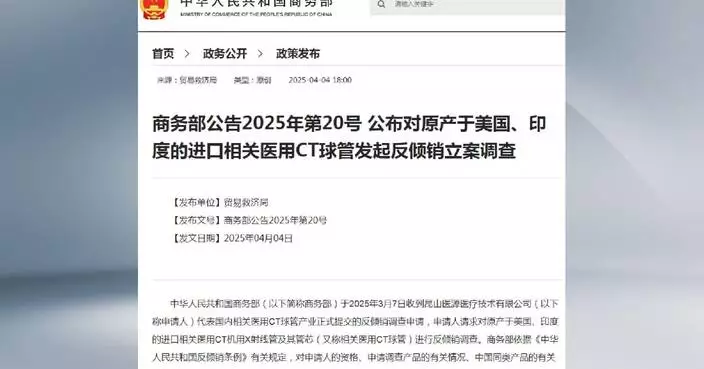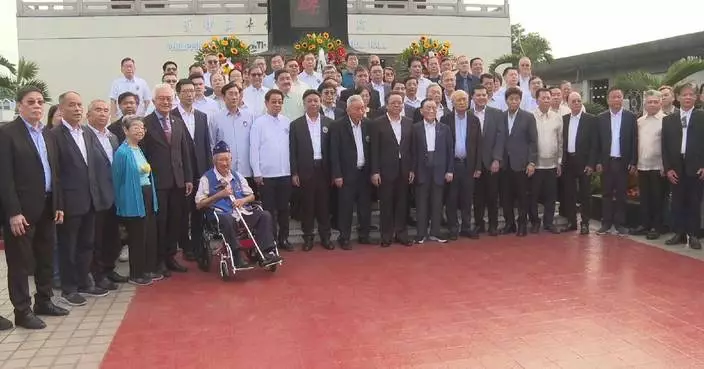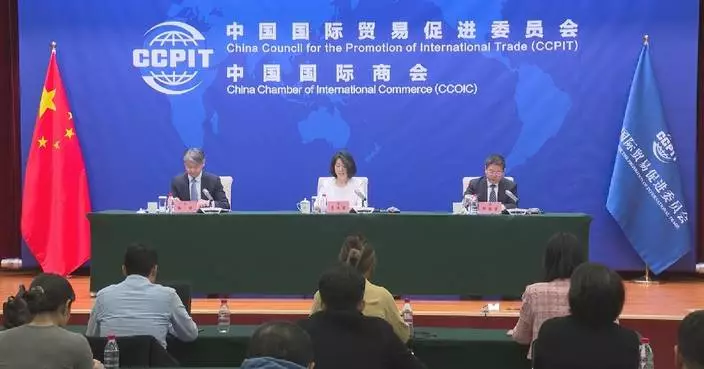Northwest China's Shaanxi Province has seen rapid economic growth over the past 10 years with impressive achievements in innovation-driven development, the provincial governor told news media on Thursday.
According to Governor Zhao Gang of Shaanxi Province at a press conference in Beijing, the gross domestic product (GDP) of Shaanxi has grown at an average annual rate of 6.4 percent in the past 10 years, and it reached 3.38 trillion yuan (some 497.06 billion U.S. dollars) last year.
Over the past decade, the provincial authorities have intensified efforts to harness the province's strength in science, research, culture and education, with innovation emerging as an increasingly dominant force and significantly bolstering the province's economic development.
"Shaanxi has given rise to three national-level industrial clusters in the aviation industry, integrated circuits, and advanced structural materials. The province's conversion efficiency of photovoltaic cells has renewed world records multiple times. We've benchmarked technologies in the fields of superconductivity, Ultra-High Voltage (UHV) power transmission, and new displays meeting advanced global standards. We've led the country in the modern coal chemical industry, high-end drones, metal additive manufacturing, and dry farming and water-saving agriculture. Additionally, the province's scale of the titanium processing industry and its output of transmissions for heavy-duty trucks have both ranked the first in the world," he said.
The provincial capital city of Xi'an has become the only Chinese city with air routes to all the five Central Asian countries, according to Zhao.
What's more, Shaanxi Province has made substantial strides in improving its ecological environment over the past 10 years, evidenced by the vast acreage of the Shaanxi section of the Qinling Mountains and the good water quality in the middle route of the South-to-North Water Diversion Project, the world's largest water transfer project, according to the provincial governor.
Shaanxi is the Chinese mainland's 15th largest economy, ranking within the middle tier among China's administrative divisions. The fossil fuel and high technology sectors compose the two largest industries in Shaanxi Province. The high technology sector includes aircraft and aerospace industries and Shaanxi produces more than 50 percent of the research and development and manufacturing equipment for the country's domestic commercial aviation industry.
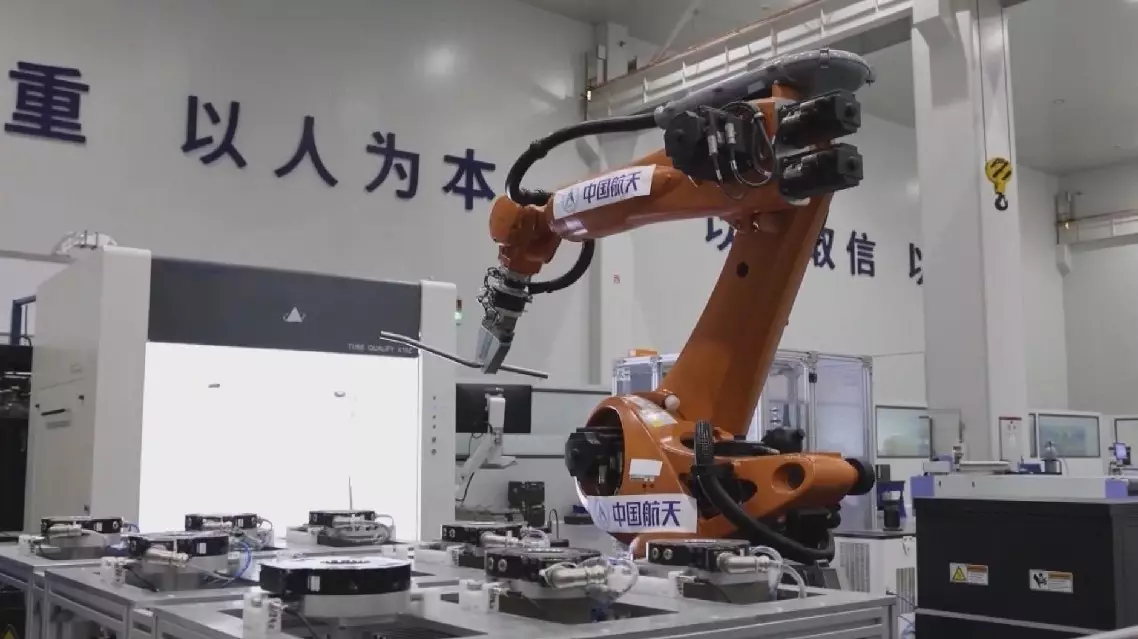
GDP of Shaanxi grows at annual rate of 6.4 pct in 10 years: governor
As the Qingming Festival approaches this Friday, various traditional folk activities have been held across China, celebrating the rich cultural heritage of the occasion.
With a 2,500-year history, Qingming Festival, or the Festival of Pure Brightness, observed in early April, uniquely combines ancestral worship with the celebration of spring. Falling on the 15th day after the spring equinox, this ritual-rich observance reflects China's enduring values of ancestral veneration and inspires deep introspection about what gives life meaning.
In Sijia Village, Huayin City, northwest China’s Shaanxi Province, a unique swing festival is held to mark the occasion. Eighteen different types of traditional swings, such as the spinning wheel swing, the Bagua swing reminiscent of a rotating carousel, and the balance swing designed for two people, have attracted many visitors.
Historically, Sijia Village served as a military post guarding the strategic Tongguan pass, a former mountain pass and fortress located south of the confluence of the Wei and Yellow Rivers. The swing tradition in the village has its origins in military training exercises like climbing and river crossing. The local swing culture further developed as regional trade flourished, eventually evolving into the "swing festival" that continues today.
"It's very exciting and tests your skill, endurance, and most importantly, your arm strength. You need to maintain balance," said Qu Xiangyang, a visitor.
In Rudong County, Nantong City, east China's Jiangsu Province, another traditional Qingming activity takes place - kite flying.
Flying kites as a way of making wishes is an age-old Qingming custom in this region. As a result, the Qingming Festival in Nantong is also known as the "Kite Festival."
The local Banyao whistling kite making skills is listed as one of the first national intangible cultural heritage items.
According to a folk culture expert, people traditionally write the names of diseases or misfortunes on paper, attach it to a kite, and release it into the sky. This practice is believed to drive away illness and disaster, while also serving as a way to make wishes.
In south China's Guangdong Province, a large tug-of-war competition is underway in Maoming City. Teams from different towns and streets are competing, attracting many locals to cheer on their teams.
Tug-of-war, which originated during the late Spring and Autumn period (770 BC - 476 BC), became part of Qingming customs during the Tang Dynasty (618-907). Emperor Xuanzong of the Tang Dynasty once organized large-scale tug-of-war competitions for the festival.
"Tug-of-war became very popular in the Tang Dynasty, even emerging as the national sport. It originated in the Jingchu region and later spread across the country. In ancient Lingnan (Southern China), tug-of-war games were a common tradition. Through these events, people seek to pray for peace, prosperity, and abundant harvests," said Yao Guojun, vice dean of the College of Arts and Law, Guangdong University of Petrochemical Technology.
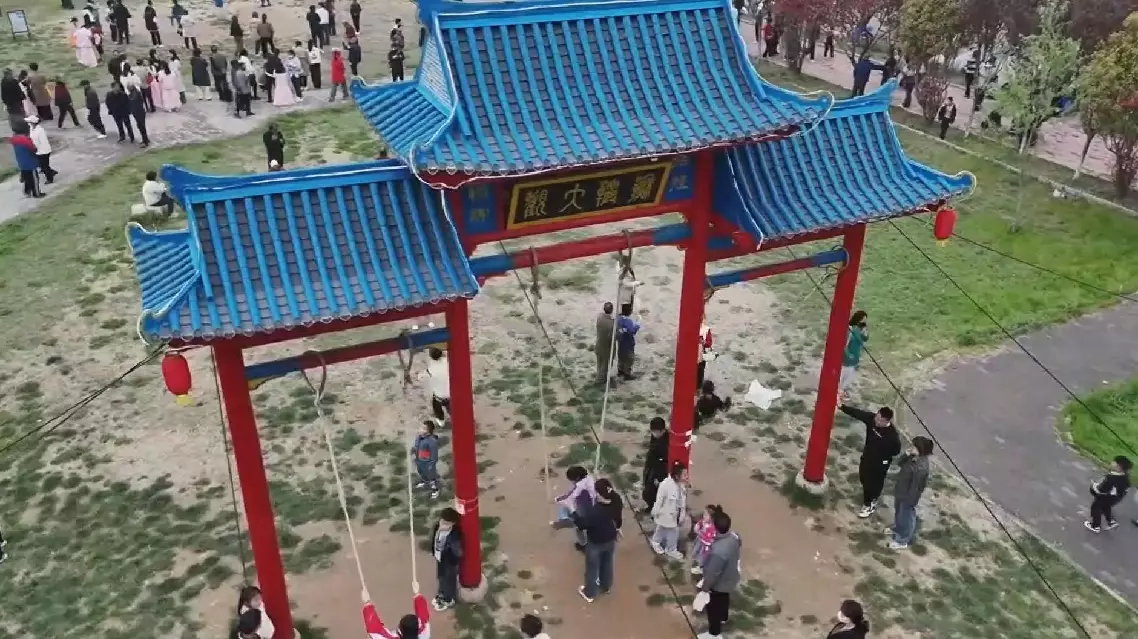
Traditional folk activities held for Qingming Festival










